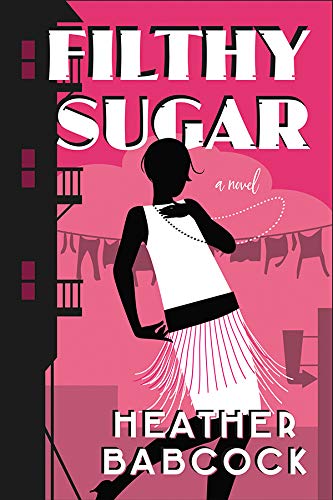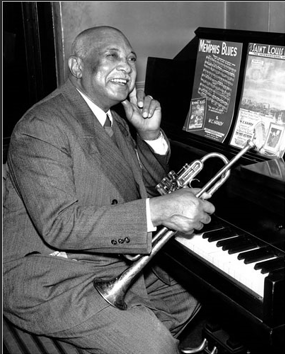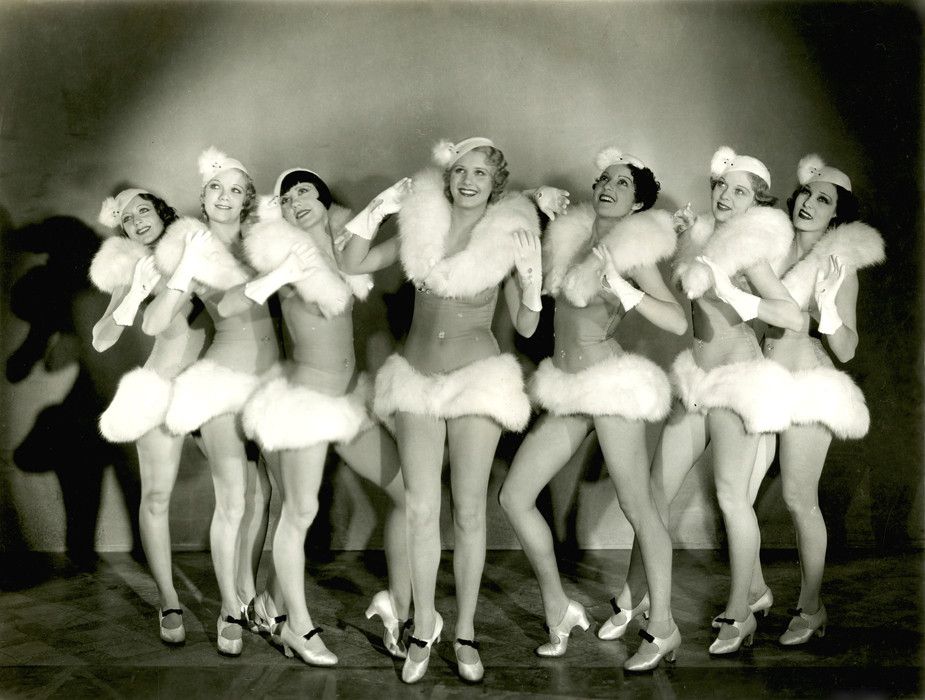
I was once asked, while volunteering for a film review website, to list the “Top Ten Greatest Films of all Time.” Of course, a “great film” is subjective but that wasn’t the only reason why I found the task daunting: cinematographic motion pictures have been around since at least the late 1890s, leaving us with – what should be – an almost limitless scope of films to watch and choose from.
I say “what should be”, because many Silent (an estimated 80-90%) and Pre-Code movies are now considered lost.
Most Silent films were made using cellulose nitrate film stock. Nitrate stock flares up quickly – a lit cigarette nearby is enough to set it off – and can even spontaneously combust if stored improperly. The film is so flammable that it burns even when immersed in water. In 1949, nitrate was replaced by acetate safety stock but by then innumerable silent movies had already burned to death – their filmmaker’s stories forever extinguished by flames.
And sometimes they were destroyed on purpose.
Studios, not believing that future audiences would have any interest in “old” movies, junked the films to free up vault space. Not all were set on fire though: several tons of Silent movies were dumped into the Yukon river while others were used as filler for swimming pools and ice rinks.

(The 1919 film version of Anne of Green Gables, starring a pre-scandal Mary Miles Minter, is now considered lost)
North American society has always been “out with the old, in with the new”, but Hollywood in particular took an almost sadistic pleasure in denigrating Silent movies – essentially eating its first born. Take for example the popular musical Singin’ in the Rain (1952), a film which slanders the reputation of Silent movies as much as it celebrates the music of early talkies. In Singin’ in the Rain, Silent films are portrayed as ridiculously melodramatic period dramas. The film takes the same view as its female lead, the squeaky clean, all-American chorus girl Kathy Selden (Debbie Reynolds), who, while exaggerating pantomime, sums up silent movie actors this way: “They don’t talk, they don’t act – they just make a lot of dumb show.” She goes on to state that “real” acting means “wonderful lines, speaking glorious words!”. But any creative writing instructor worth their salt will tell you that it’s better to “show” than “tell”. Kathy Selden has obviously never seen Lon Chaney’s heartbreaking performance as a depressed circus clown in the deliciously demented He Who Gets Slapped (1924) or John Gilbert’s anguished soldier in the glorious WW1 drama The Big Parade (1925). Clara Bow did not need sound when she defined the roaring twenties as a vivacious shop girl in the romantic comedy It (1927). Sometimes talk is just…noise.
So why did Hollywood desecrate its early work? Well, the dominance of sound on film coincided with the stock market crash of 1929 and talkies, in comparison to silent films, were damned expensive to produce. My guess is that Hollywood was trying to justify the expense.
When the amended Production Code “to govern the making of motion and talking pictures” took effect on July 1st, 1934, many talkies suffered a similar fate to their silent sisters, such as the popular Pre-Code sex comedy Convention City (1933). Convention City, which its star Joan Blondell called “the raunchiest thing there has ever been”, was condemned under the amended Code and its studio, Warner Brothers, ordered that all prints be destroyed. Today, Convention City (1933) is considered the Holy Grail of Pre-Code films.

“We must put brassieres on Joan Blondell and make her cover up her breasts because, otherwise, we are going to have these pictures stopped in a lot of places. I believe in showing their forms but, for Lord’s sake, don’t let those bulbs stick out.” – Studio memo from Jack L. Warner to Convention City’s producer Hal Wallis. (The lovely Joan Blondell pictured).
Still, many films – such as Paramount’s Clara Bow collection – were left to languish in locked vaults for decades; celluloid dreams disintegrating into dust.
So although I know that there are still plenty of great movies that I have yet to see, I sadly fear that there are many more that I will never see, such as Cleopatra (1917) a film which, thanks to the surviving still images of a wickedly wanton Theda Bara in the title role, has managed to achieve iconic status in spite of being considered lost.
It is heartening to remember though that films considered “lost” are sometimes “found”. For example, in 2015 a complete reel was discovered of The Battle of the Century (1927), Laurel and Hardy’s ultimate pie fight, after the original film had degenerated. In April 2017, The Toronto Silent Film Festival screened the film (complete with live musical accompaniment by Ben Model and a real pie throwing!) at the Revue Cinema. I consider myself very lucky to have been in attendance (and doubly lucky not to have gotten hit by one of the pies!).
Check your attics and basements – you never know, you might just find a lost cinematic gem!
Written by Heather Babcock, 2020













You must be logged in to post a comment.